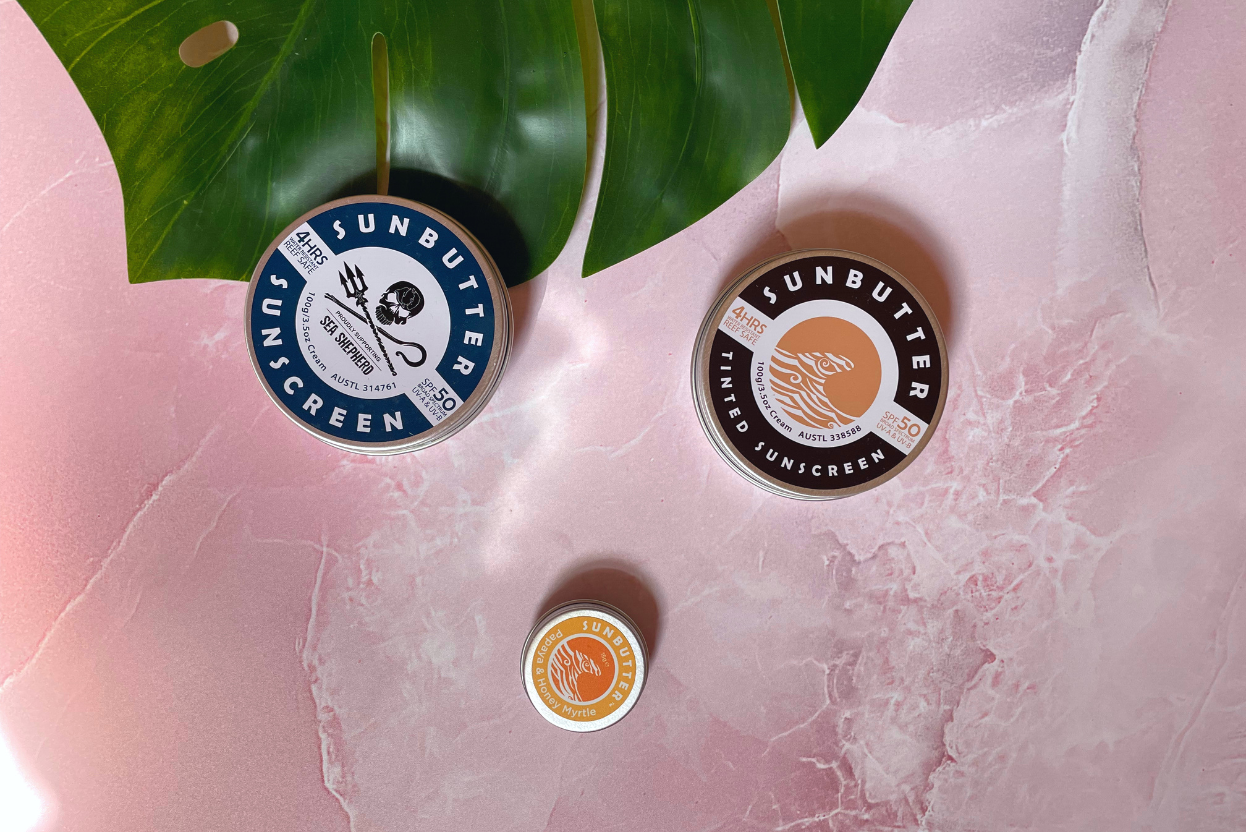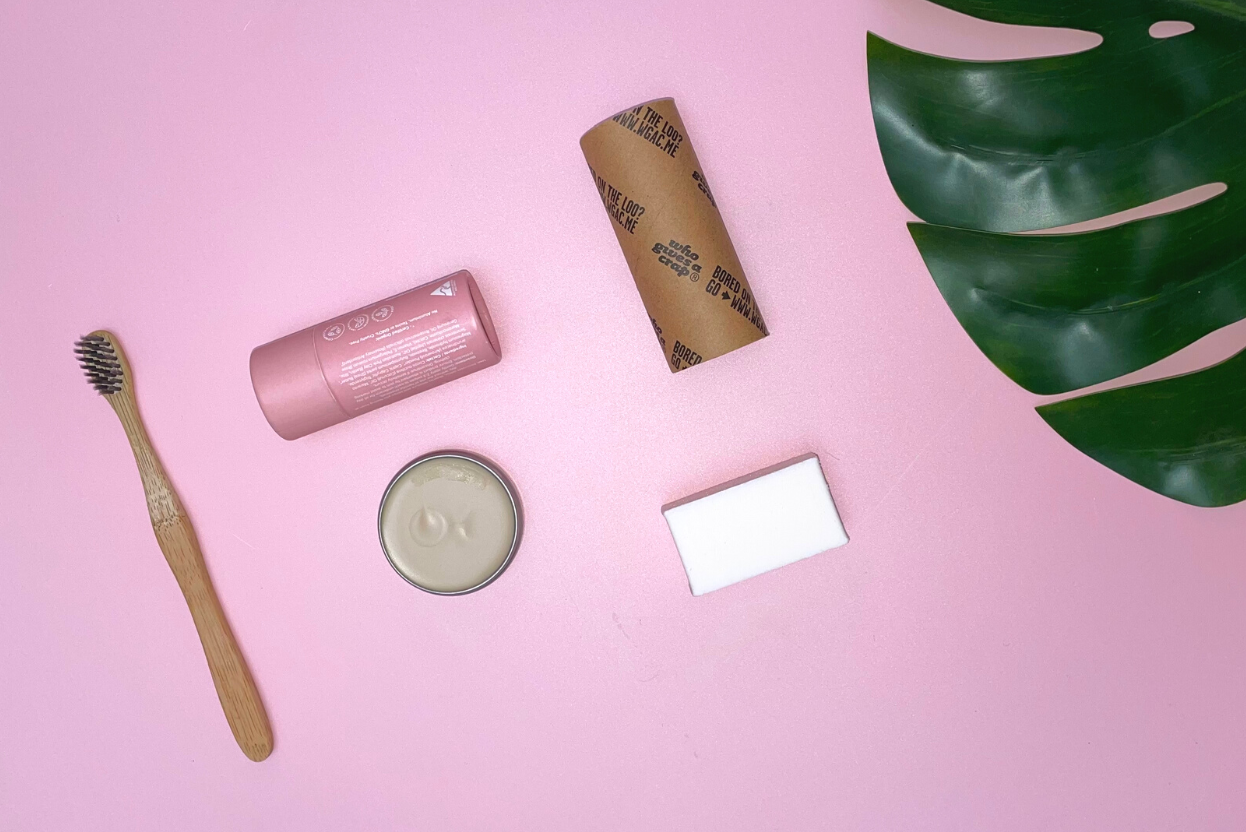The words ‘luxury fashion’ conjure ideas of opulence, of richness, engrained value and importance; velvets and silks, lustrous leathers, meticulous details and a sense of heritage.
Luxury fashion is arguably where it all began, with the likes of Chanel, Dior and Prada establishing their now-household names more than a century ago. Whether you’re a fashion fanatic or not, you would have seen an advertisement on a bus shelter, passed a street poster, heard their names on the big screen, or seen their logos online at least once in your life.
They grace the covers of the world’s top fashion magazines and monopolise the high streets in every capital city. They sell bags and shoes and jewels for tens of thousands of dollars, and they are embedded in the history of the rag trade.
Some of them have stepped forward and embraced accountability, introducing ethical supply chain systems and environmental plans to combat their carbon footprints, but many have not. Yet as a society, we’re still driven by a strange desire to own expensive luxury fashion items.
The latest Prada range – and this is just bags – starts at $1200, and if you want to lash out for a fluffy statement sack, be prepared to invest $5830 in calf leather, fox fur and various man-made plated finishes. $5830 could be better spent building water harvesting systems to supply clean water for nearly 4000 families in drought-stricken southern Africa, but you can’t carry that on your shoulder.
Paying a high price for fashion is justifiable – but only when the supply chain translates, and only when the person actually making the garment is being paid a living wage.
Spending $260 on a handcrafted dress that has been lovingly made in Australia by a brand who has a social conscience, that makes sense. Spending $989 on an Australian made tailored wool coat that has been lined with silk and hand-finished with linen piping by a brand that fights to protect our precious oceans, that makes sense.
It’s time to change our perceptions of luxury and redefine exactly what it is that we value.
If it costs more, there has to be a clear and transparent reason why. Just because we’ve grown up learning that big brands are industry icons, doesn’t mean they’re the way forward. Independent brands are now making more environmental changes and driving more powerful conversations around ethical fashion – than century-old brands ever have.
Luxury is about value, and value needs to translate through the entire the supply chain, which means valuing the people who actually make our clothes. The problem with high-end luxury fashion brands like Prada, Fendi and Chanel, is that their supply chains are shrouded in secrecy, and they’re not transparent about their manufacturing facilities, working conditions, or wages, which means they’ve got something to hide.
I don’t care how expensive it seems, how flashy you make it look, or which Kardashian you drape it over; a $5000 bag is anything but desirable if a woman has been exploited to make it.
The Fashion Advocate x





1 comment
Great piece Claire!
I couldn’t agree more.
I would much rather use my pennies wisely to support local brands with sustainable and ethical practices :)